In this kit:
- Book Summary Page (in printable kit)
- Main Characters Page (in printable kit)
- Discussion Questions Page (in printable kit)
- Book Quotes Page (in printable kit)
- Icebreaker Feeding Frenzy - Zookeeper's Challenge Game (printable kit only)
- About the Author Page (in printable kit)
- Historical Facts Surrounding this Book (in printable kit)
- List of Podcasts and Videos about this Book
- Meeting Decoration Ideas (in printable kit)
- Meeting Decorations Printable Images (printable kit only)
- Meeting Menu Ideas (in printable kit)
- Meeting Food Recipes (in printable kit only)
- Bookmarks for The Zookeeper's Wife (in printable kit only)
- Bookmarks for Readers With Wrinkles (in printable kit only)

The Zookeeper's Wife by Diane Ackerman tells the remarkable true story of Jan and Antonina Żabiński, who managed the Warsaw Zoo amidst the turmoil of World War II. In 1939, the invasion of Poland by Nazi Germany led to the bombing of the zoo, resulting in the tragic loss of many animals and their forced removal. In the face of destruction, the Żabińskis turned their zoo into a refuge, utilizing the vacant animal enclosures and their home villa to shelter and safeguard countless Jews escaping the horrors of the Holocaust.
Jan Żabiński, who was active in the Polish resistance, used the zoo as a base for underground activities, hiding ammunition and explosives while orchestrating the shelter and movement of refugees. Antonina played a crucial role in maintaining a sense of normalcy and safety for both the hidden guests and the remaining animals, using her deep empathy and understanding of animal behavior to outwit the Nazis and keep suspicion at bay.
The Żabińskis provided food, shelter, clothing, and emotional support to their guests, risking their lives daily. Antonina, in particular, is portrayed as a nurturing figure who created an atmosphere of hope and innocence despite the horrors surrounding them.
Ackerman, a naturalist, vividly describes the zoo and its inhabitants, drawing parallels between animal and human behavior. The story underscores the solace and strength Antonina found in the animal kingdom, which helped her endure and resist the brutality of war. The book also explores the difficult choices faced by the Żabińskis and others under Nazi occupation, highlighting the ambiguity and peril of life in wartime Poland.
Historical Significance
The Żabińskis ultimately saved the lives of hundreds of Jews by providing them with shelter and safe passage, often at great personal risk. Their story is a testament to the power of individual courage and kindness in the face of overwhelming evil. Ackerman’s narrative, based on Antonina’s diaries and meticulous research, brings to life the daily realities of resistance and survival, making The Zookeeper's Wife an important addition to Holocaust literature.
The book has been widely praised for its detailed, compassionate storytelling and has been adapted into a feature film. It stands as a moving tribute to the bravery and humanity of the Żabiński family and a reminder of the enduring power of hope and compassion, even in the darkest times.


Antonina Żabiński
Antonina is the central figure of the story, known for her deep empathy toward animals and people alike. She is the wife of Jan Żabiński and plays a crucial role in operating the Warsaw Zoo before and during World War II. Antonina is instrumental in sheltering Jews and resistance members within the zoo, using her intuition, compassion, and quick thinking to protect those in her care.

Jan Żabiński
Jan, Antonina’s husband, is the director of the Warsaw Zoo. He is logical, courageous, and active in the Polish underground resistance. Jan risks his life to help Jews escape from the Warsaw Ghetto and participates in sabotage missions against the Nazis. His partnership with Antonina is central to the rescue efforts at the zoo.
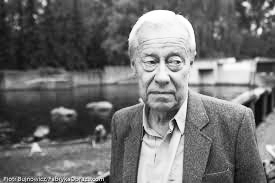
Ryszard "Ryś" Żabiński
Ryś is the only child of Antonina and Jan for much of the story. Growing up in the zoo, he develops a love for animals and idolizes his parents, especially his father. Despite Antonina’s efforts to shield him, Ryś is exposed to the horrors of war and the realities of the Nazi occupation.

Lutz Heck
Heck is the Nazi-appointed chief zoologist and director of the Berlin Zoo. Both charming and ruthless, Heck exploits his position to steal valuable animals from the Warsaw Zoo. Heck’s interactions with the Żabińskis are marked by mutual wariness and manipulation.
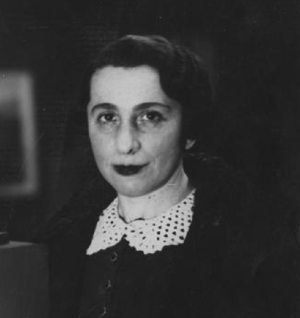
Magdalena Gross
A renowned Jewish sculptor and close friend of the Żabińskis, Magdalena is forced into hiding during the Nazi occupation. The Żabińskis shelter her at considerable personal risk, and her presence underscores the dangers faced by Jews in occupied Warsaw.
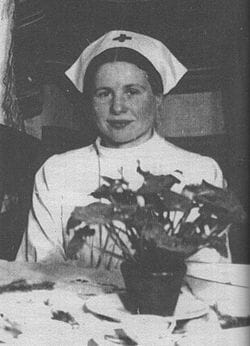
Irena Sendler
Sendler is a real-life figure and Nobel Peace Prize nominee who appears in the story as one of the Żabińskis’ guests. She works to smuggle necessities and Jewish children out of the Warsaw Ghetto, later becoming a symbol of resistance and humanitarianism.

- How does Diane Ackerman’s background as a naturalist and a poet shape her retelling of this historical story? How might a traditional historian’s approach differ, and what might have been omitted or emphasized differently?
- The book has been compared to Schindler’s List and Hotel Rwanda. In what ways are these stories similar or different in their portrayal of heroism, survival, and moral choices during times of atrocity?
- Did reading this book change or deepen your understanding of Poland and its people during World War II? If so, how?
- Imagine yourself in the position of Jan and Antonina Żabiński. What choices do you think you would have made under such dangerous circumstances? Would you have taken similar risks?
- How would you describe Antonina’s relationship with animals? How does such an arrangement compare to her relationship with her husband, Jan? How does she navigate her various relationships under extreme stress—does she tend toward trust or distrust?
- Ackerman often explores the idea of a “sixth sense” and animal instinct. Do you believe people possess a similar intuition? How does this concept play out in the book?
- Some readers might accuse Jan and Antonina of anthropomorphizing animals. Do you agree or disagree with this assessment? Why?
- Is the capacity for savagery or kindness unique to humans, or do you see these traits reflected in the animal world as well? What, if anything, separates humans from animals according to the book?
- The Nazis professed a passion for nature and animals, yet committed horrific acts against humanity. How do you reconcile these contradictions within Nazi ideology?
- The book touches on the Nazi drive to “rewrite the genetic code of the entire planet.” Are there modern parallels to this ambition (e.g., genetic engineering, selective breeding)? What lessons might Jan and Antonina’s story offer for today’s debates about modifying nature?
- How might the characters in the book have responded to contemporary issues like genetic engineering in food or reproductive technologies?
- What inspired Antonina to connect so deeply with animals? How did her empathy and losses shape her nurturing instincts?
- How does the devastation of the zoo serve as a metaphor for the broader horrors of war? What does the zoo's and its animals' destruction mean in the Holocaust and human suffering?
- In what ways did Antonina maintain an atmosphere of hope, playfulness, or normalcy in the villa, despite the constant threat of discovery?
- Which passage or scene in the book resonated with you most, and why?
What did you find most surprising or moving about the Zabinskis’ story?
How do you think you would have coped with the constant fear and moral dilemmas faced by the Zabinskis and those they sheltered?


Diane Ackerman (born October 7, 1948, in Waukegan, Illinois) is an acclaimed American poet, essayist, and naturalist whose work is celebrated for blending scientific inquiry with poetic expression. She is the author of more than two dozen books of nonfiction and poetry, many of which are bestsellers and widely admired
Ackerman holds a BA in English from Pennsylvania State University and earned her MA, MFA, and PhD from Cornell University, where her dissertation committee included the astronomer Carl Sagan. She has taught at several universities, including Columbia, Cornell, the University of Pittsburgh, and Washington University in St. Louis, where she directed the writers’ program.
Ackerman has contributed essays to major publications such as The New York Times, Smithsonian, The New Yorker, and National Geographic. She was a staff writer at The New Yorker from 1988 to 1994.
Ackerman is best known for:
- The Zookeeper’s Wife (2007): New York Times bestseller about a Polish couple who saved hundreds of Jews during WWII by hiding them in the Warsaw Zoo. It was adapted into a feature film in 2017.
- A Natural History of the Senses (1990): A bestseller that explores the science and poetry of human senses, adapted into a PBS miniseries.
- The Human Age: The World Shaped By Us (2014): Winner of the PEN Henry David Thoreau Prize, examining humanity’s impact on the planet.
- One Hundred Names for Love (2011): A memoir and Pulitzer Prize finalist, chronicling her husband’s recovery from a stroke.
Ackerman has received numerous awards, including the John Burroughs Nature Award, Orion Book Award, PEN Henry David Thoreau Award, and the Literary Lion Award from the New York Public Library. In 2022, she received the Stephen Hawking Medal for Science Communication for her contributions to bridging the arts and sciences. A molecule, dianeackerone (a crocodilian sex pheromone), was named in her honor.
Ackerman was born Diane Fink and grew up in Waukegan, Illinois, later moving to Allentown, Pennsylvania. She was married to novelist Paul West, with whom she lived in upstate New York. Her archives are housed at Cornell University Library.
Diane Ackerman is recognized for her unique ability to merge scientific curiosity with poetic insight, making science accessible and emotionally resonant for a broad audience. Her work continues to inspire readers to appreciate the beauty and complexity of the natural world. and snorkeling with sea turtles.

These quotes capture the book’s central themes: the resilience of compassion, the brutality and unpredictability of war, and the profound connections between humans and animals
On Compassion and Rescue
- “I don't understand all the fuss. If any creature is in danger, you save it, human or animal.”
On Human Nature and Savagery
- “Why was it, she asked herself, that 'animals can sometimes subdue their predatory ways in only a few months, while humans, despite centuries of refinement, can quickly grow more savage than any beast?'”
On Suffering and Empathy
- “Suffering took hold of me like a magic spell, abolishing all differences between friends and strangers.”
On Survival and Anxiety
- “Every day of our life was full of thoughts of the horrible present and even our own death.”
- “The idea of safety had shrunk into particles — one snug moment, then the next. Meanwhile, the brain piped fugues of worry and staged mind-theaters full of tragedies and triumphs, because, unfortunately, the fear of death does wonders to focus the mind, inspire creativity, and heighten the senses.”
On Motherhood and Protection
- “Each mother should feed her own baby...why deprive Marta of her baby just to give Nelly two?”
- “I'm just like our lioness, fearfully moving my cub from one side of the cage to the other.”
On War’s Impact
- “War didn’t only sunder people, Antonina mused in her memoirs; it could also intensify friendships and spark romances; every handshake opened a door or steered fate.”
- “Not long ago the world looked on the dark ages with contempt for its brutality, yet here it is again, in full force, a lawless sadism unpolished by all the charms of religion and civilization.”
On Trust and Deception
- “The war had a way of curdling her trust in people, but Warsaw's devastation, and the zoo's, clearly rattled Heck.”
- “As fleeting emotions stalk it, a face can leak fear or the guilt of a forming lie.”
On Planning and Caution
- “Any action mustn't be impulsive but analyzed along with all its possible outcomes. A solid plan always includes many backups and alternatives.”
On the Interconnectedness of Life
- “Antonina felt convinced that people needed to connect more with their animal nature, but also that animals long for human company, reach out for human attention.”


The Żabińskis’ Background
Antonina Żabińska, a Russian-born Pole raised Catholic after losing her parents during the Russian Revolution, and Jan Żabiński, a Polish atheist from a working-class Jewish neighborhood, managed the Warsaw Zoo before WWII. Their unconventional lifestyle attracted artists and intellectuals, and their home became a sanctuary for both animals and, later, Jewish refugees.

Impact of the 1939 Invasion
Nazi Germany’s invasion destroyed much of the Warsaw Zoo, killing or displacing animals. The couple repurposed the zoo as a pig farm to avoid closure, which provided cover for resistance activities.
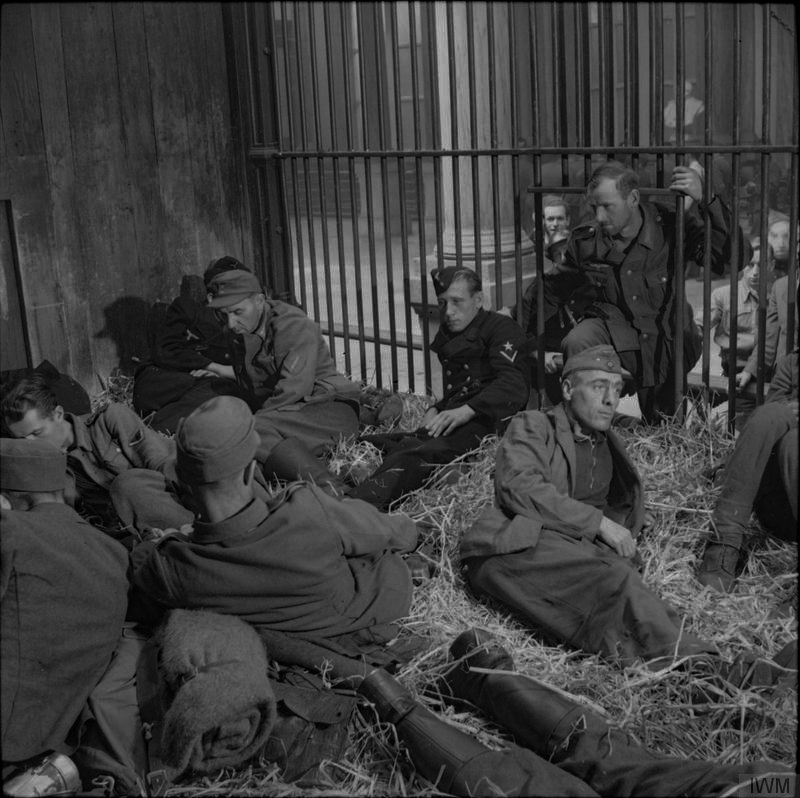
Rescue Operations
Methods: Jan smuggled Jews out of the Warsaw Ghetto in garbage barrels, while Antonina hid them in animal cages, underground pathways, and their villa.
Collaboration: They worked with the Polish Underground and Home Army, relying on networks for forged documents and safe-house transfers.
Scale: Approximately 300 Jews and partisans passed through the zoo, with most surviving the war.
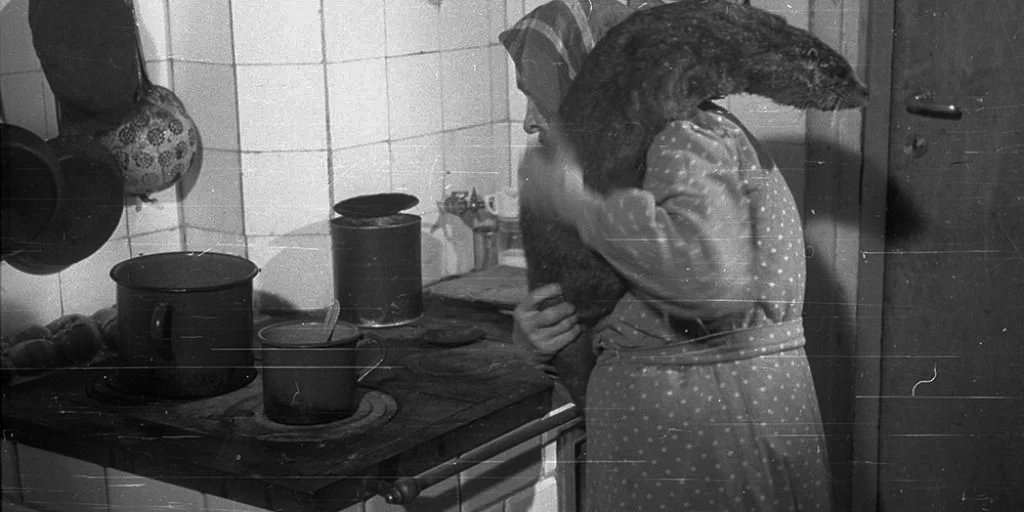
Life Under Occupation
Antonina maintained a semblance of normalcy, using piano music as a warning signal for hidden refugees. Their young son Ryszard witnessed Nazi intimidation tactics, including mock executions.

Post-War Recognition
Jan fought in the 1944 Warsaw Uprising, was imprisoned in Germany, and reunited with his family post-war. The zoo reopened in 1949, but Jan resigned as director in 1951. In 1965, Israel recognized the couple as Righteous Among the Nations for their heroism.
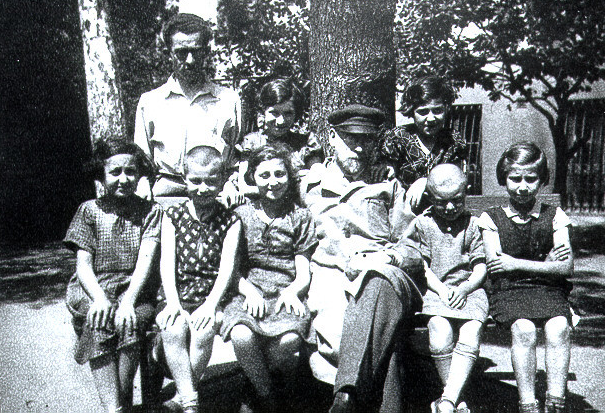
Historical Context
Janusz Korczak was a Jewish orphanage director who refused rescue offers and perished with his children in Treblinka, symbolizing self-sacrifice during the Holocaust.
Scholars estimate that saving one Jew required ten individuals’ cooperation, reflecting the Żabińskis’ reliance on underground networks.
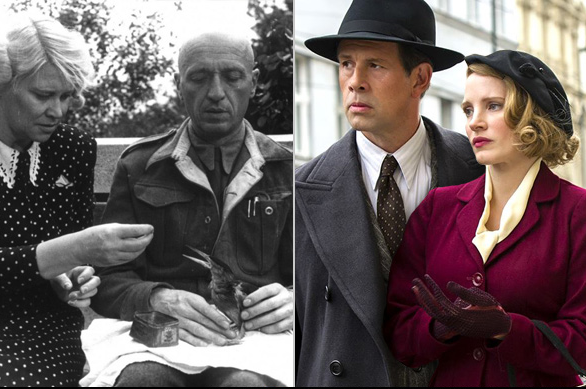
Film vs. Reality
While the film draws from Antonina’s diary, some characters (like Urszula) are fictionalized. The core narrative of courage, animal empathy, and resistance remains historically accurate.

Several podcasts and audio resources discuss The Zookeeper's Wife by Diane Ackerman, exploring both the book and its film adaptation. Here are notable options:
- Spotify: Diane Ackerman: The Zookeeper's Wife
Diane Ackerman discusses her book, sharing insights into the true story of resistance during World War II and the remarkable efforts of Antonina and Jan Żabiński to save Jews by hiding them in the Warsaw Zoo.
- Lieography Podcast: The Zookeeper's Wife – Get You a Man Who Can Run a Zoo
This episode covers the 2017 film adaptation starring Jessica Chastain, with discussion of the real-life events and the book's historical context. https://podcasts.apple.com/ca/podcast/the-zookeepers-wife-get-you-a-man-who-can-run-a/id1173025501?i=1000427741382
- The Watch and Talk Podcast: The Zookeeper's Wife
The podcast not only focuses on the film but also delves into the true story behind it, discussing the heroism of the Zabinskis and the impact of their actions during the Nazi occupation. - This Had Oscar Buzz: The Zookeeper's Wife
Explores the film adaptation and the story's significance, highlighting Antonina and Jan's efforts to hide Polish Jews in the zoo. https://podcasts.apple.com/be/podcast/191-the-zookeepers-wife/id1397188193?i=1000558655014&l=nl
Key Video Interviews:

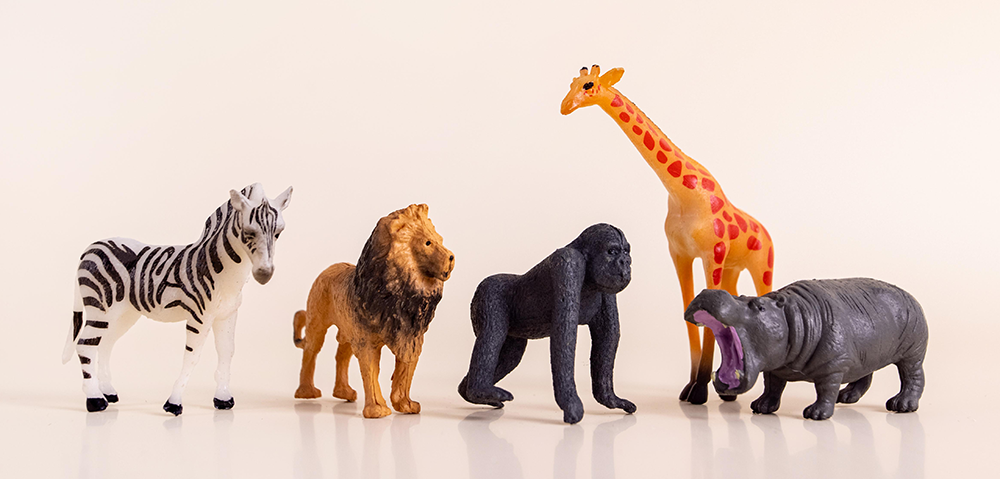
Animal Motifs:
Incorporate animal-themed decor to reflect the zoo setting. Use small animal figurines (especially those native to Poland or Europe, such as rabbits, birds, foxes, or even toy pigs, since the zoo was converted to a pig farm during the war). Animal print napkins or tablecloths can add a subtle touch.
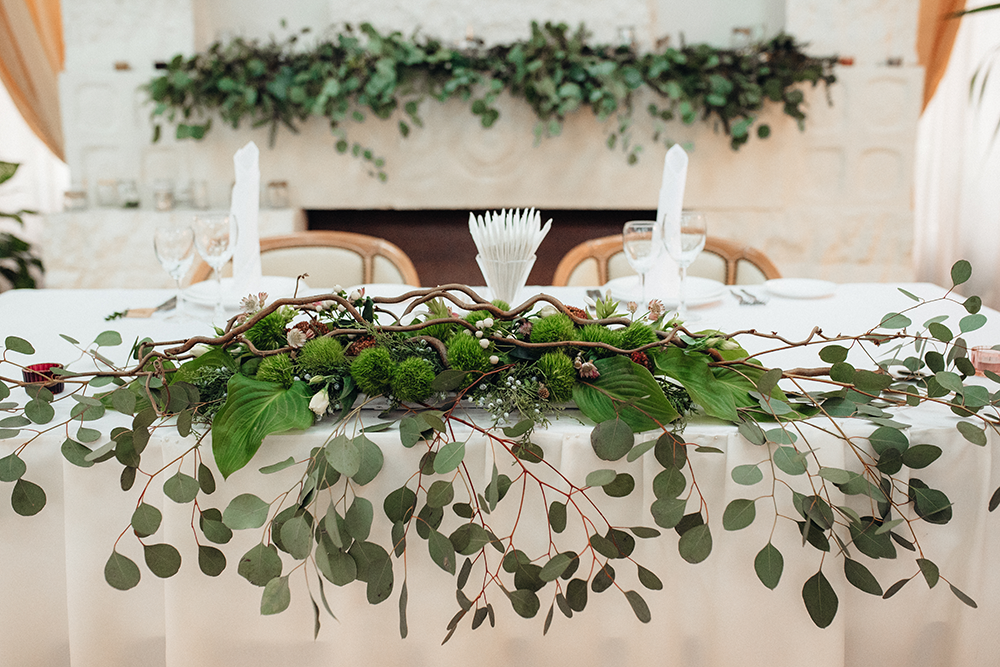
Nature Elements:
Bring in greenery, potted plants, or fresh flowers to evoke the lushness of the zoo before the war. Place a single flower in a vase on each table as a symbol of hope, echoing Antonina’s habit of placing a flower by the bedside even in the darkest times.
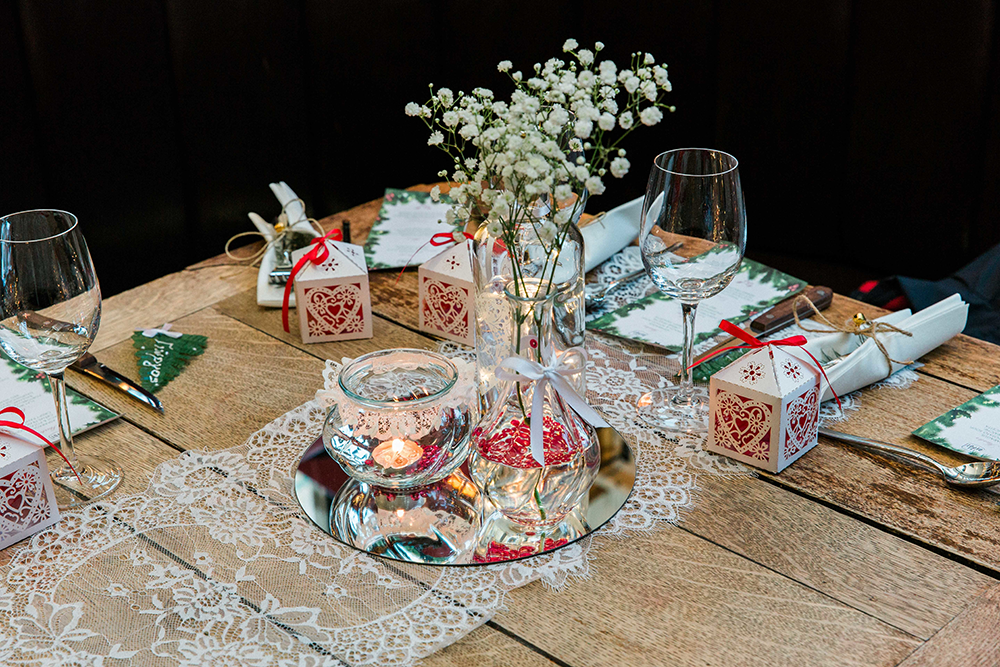
Vintage Touches:
Use vintage-style tableware, lace doilies, or old-fashioned glass jars to channel the 1930s-40s period. Flea market finds and mismatched china can enhance the historical ambiance.
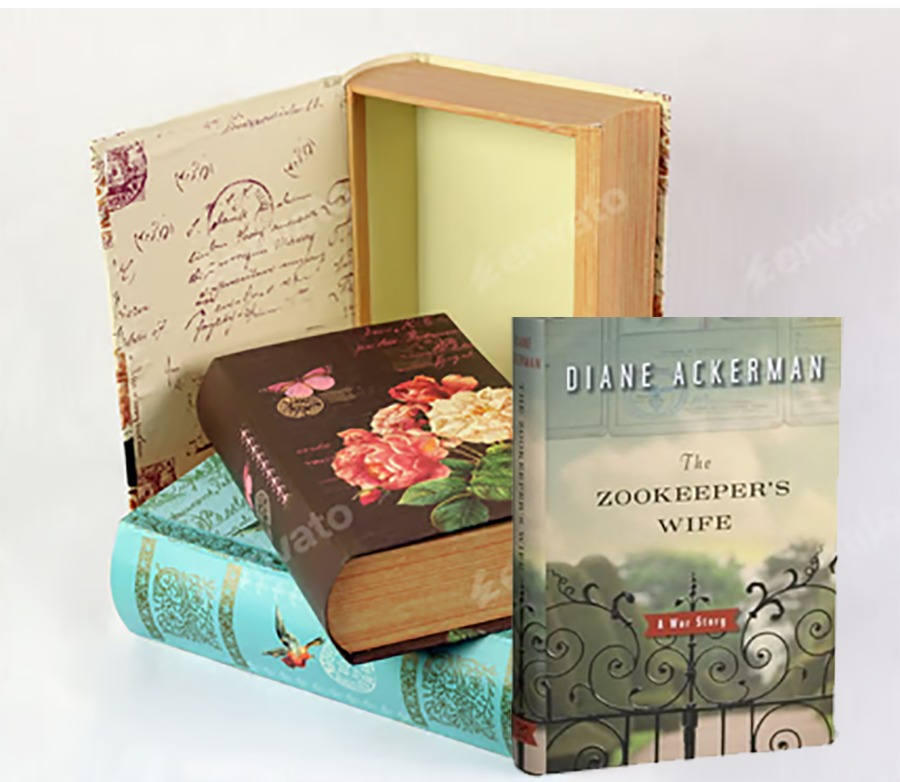
Book-Inspired Centerpieces:
Stack copies of The Zookeeper’s Wife or other WWII-era books as centerpieces. Add animal figurines or small potted plants on top.
Icebreaker Activity
Play the "Feeding Frenzy Zookeeper Challenge" game. (game pieces, instructions, and displays are included in the printable Book Club Kit.)

Polish and WWII-Era Inspired Menu
For a book club gathering centered on The Zookeeper’s Wife, which is set in WWII-era Warsaw, a menu inspired by Polish cuisine and the historical context of the story will create a meaningful and immersive experience. Here are menu ideas directly inspired by foods mentioned in the book and the period:
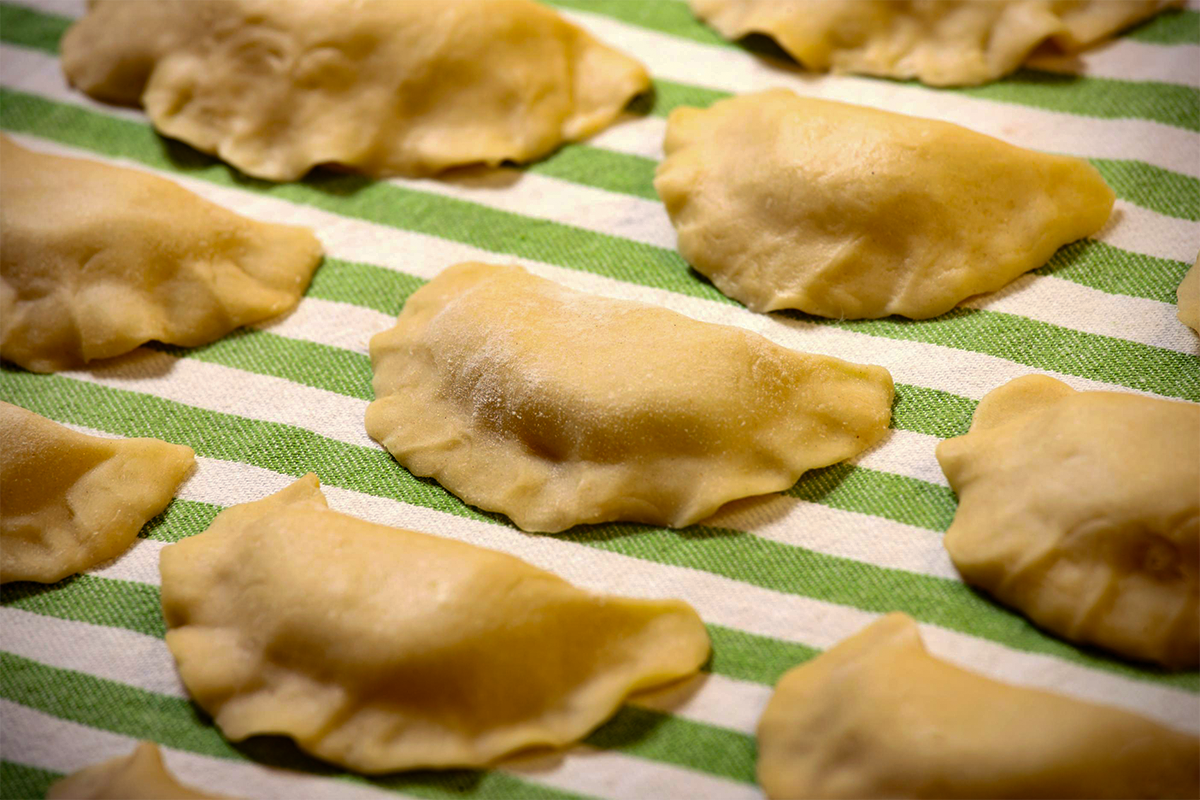
Pierogi: Traditional Polish dumplings, which can be filled with potato, cheese, meat, or mushrooms. If time is short, you can use crescent rolls with mini-hot dogs as an effortless alternative.

Stale Bread or Homemade Rolls: You can serve simple homemade rolls or rustic bread, which reflect the scarcity and rationing of food during the war.

Hearty Vegetable Soup: A nod to the simple, filling meals common during wartime.
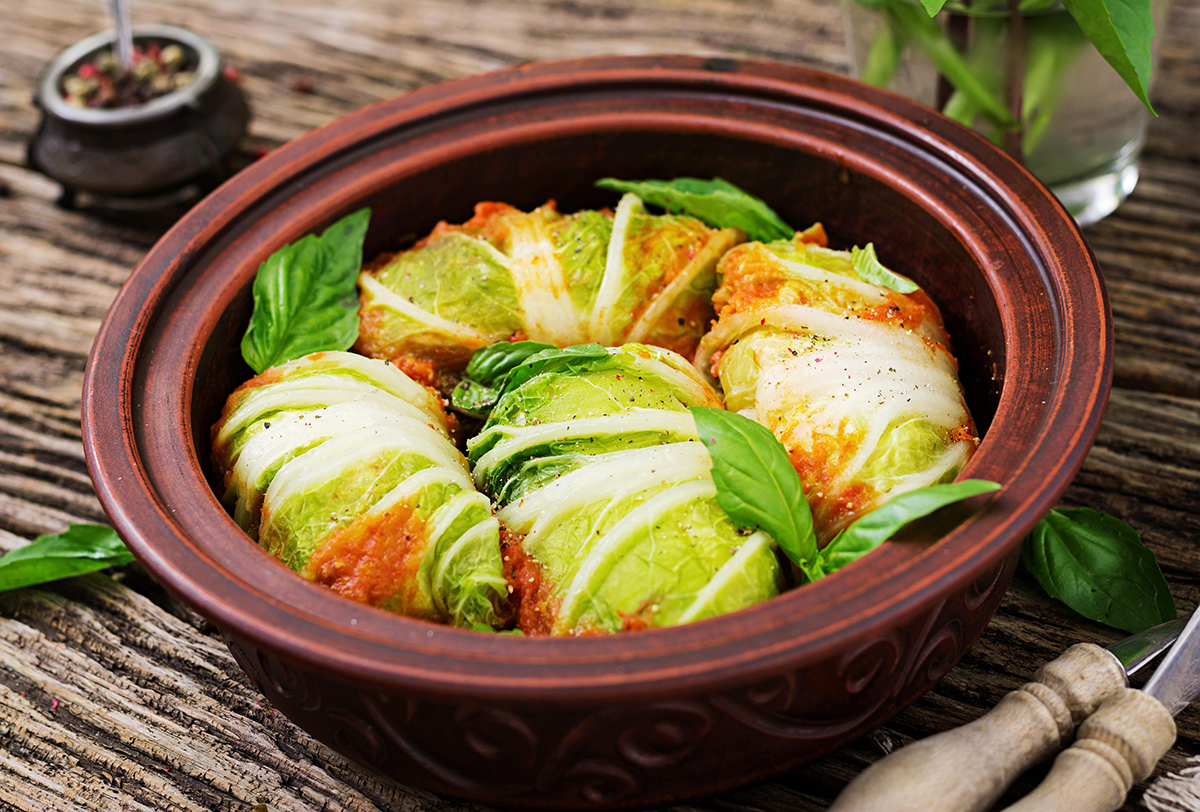
Polish Cabbage Rolls: A hearty entry that is easy to prepare.

Piernik (Honey Spice Cake): A classic Polish dessert, this cake is flavored with honey and spices and mentioned as a treat before the war intensified.

Piernicki (Honey Spice Cookies): Another honey-based sweet, these cookies are traditional and evoke the era’s flavors.
High-Quality Jam: Real fruit jam was a luxury during the war, so serving a good jam with bread or cookies can be a subtle homage to the story.

Animal Crackers: These can serve as a lighthearted treat and are a playful nod to the zoo setting.

Vodka with Honey: A traditional Polish drink, vodka sweetened with honey, fits both the setting and the era.
Iced Coffee or Assorted Sodas: For a casual beverage option, as enjoyed in the book.

Get Diane Ackerman Books
Known as a naturalist and poet, Ackerman's books are profound and engaging.
Bookshop.org was created as a socially conscious alternative to Amazon, with the goal of helping local, independent bookstores thrive. This is why Readers With Wrinkles supports their efforts. Please join us in this effort by purchasing your next read here.
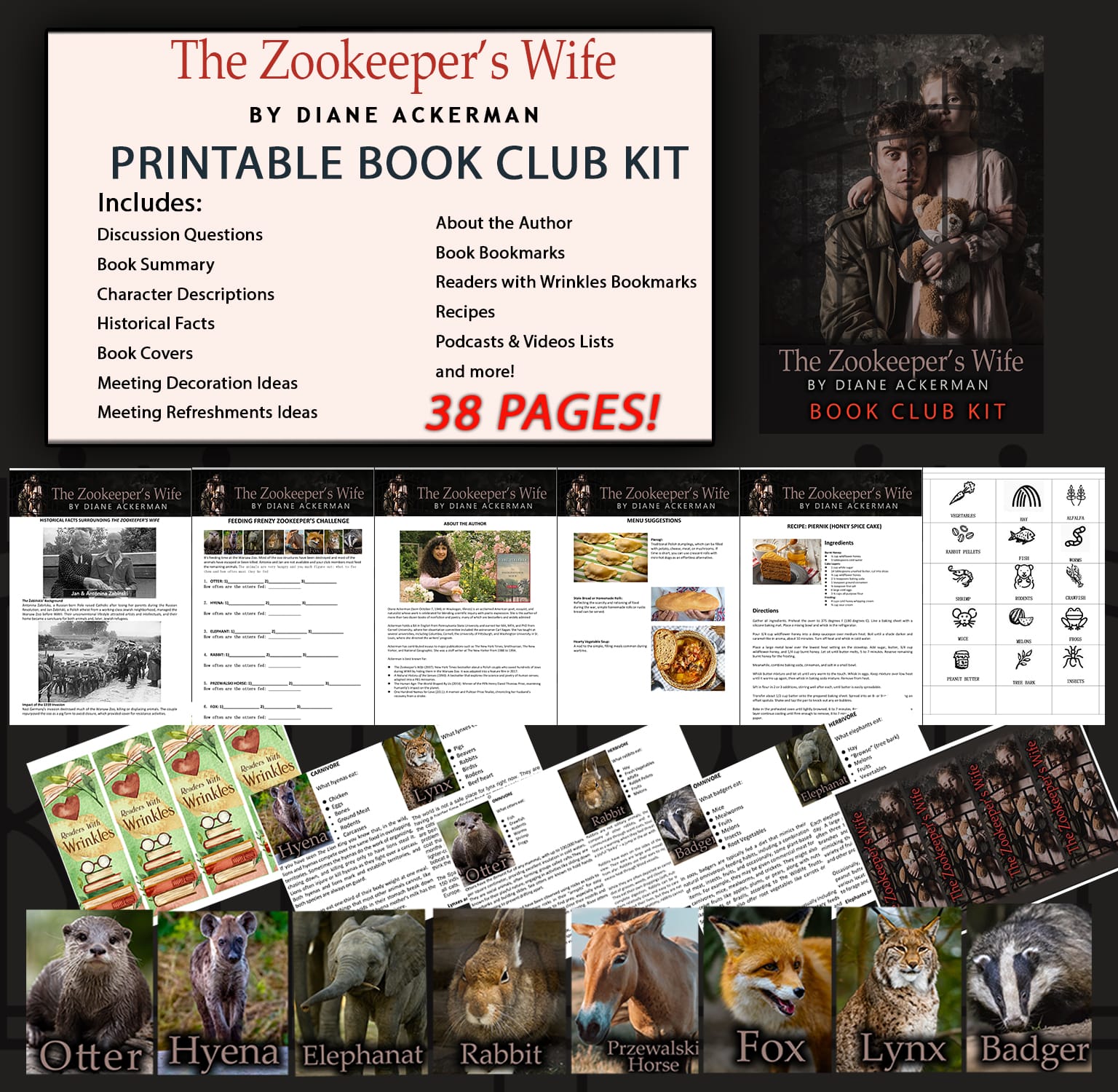
The Zookeeper's Wife printable BOOK CLUB KIT
The RWW book club kits provide everything you need to organize a great meeting with insightful discussions. These resources simplify book club preparation with character lists, book quotes, refreshment suggestions, recipes, and carefully prepared book club questions!

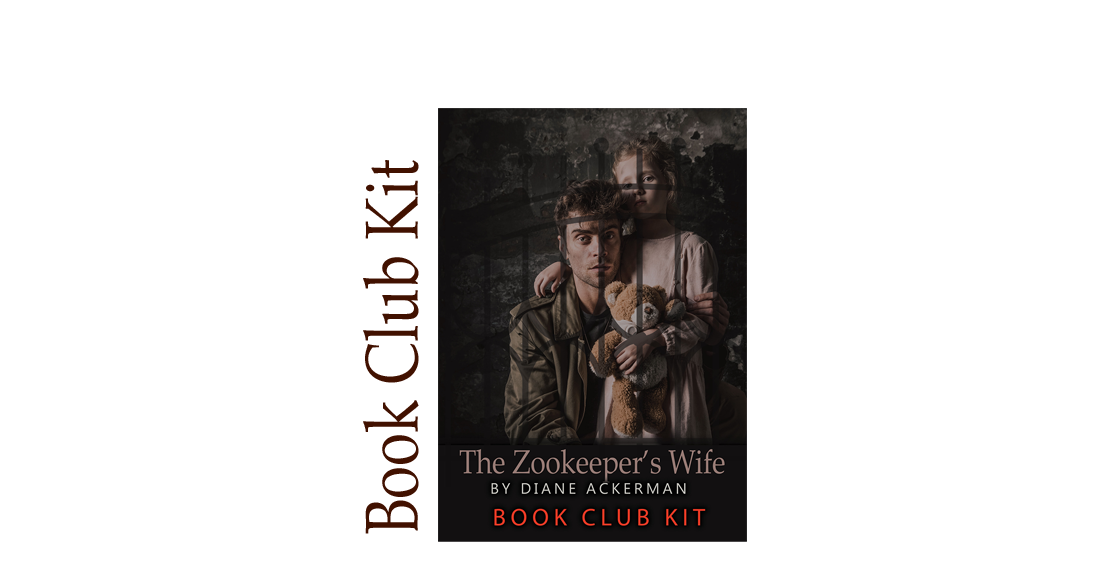
Comments